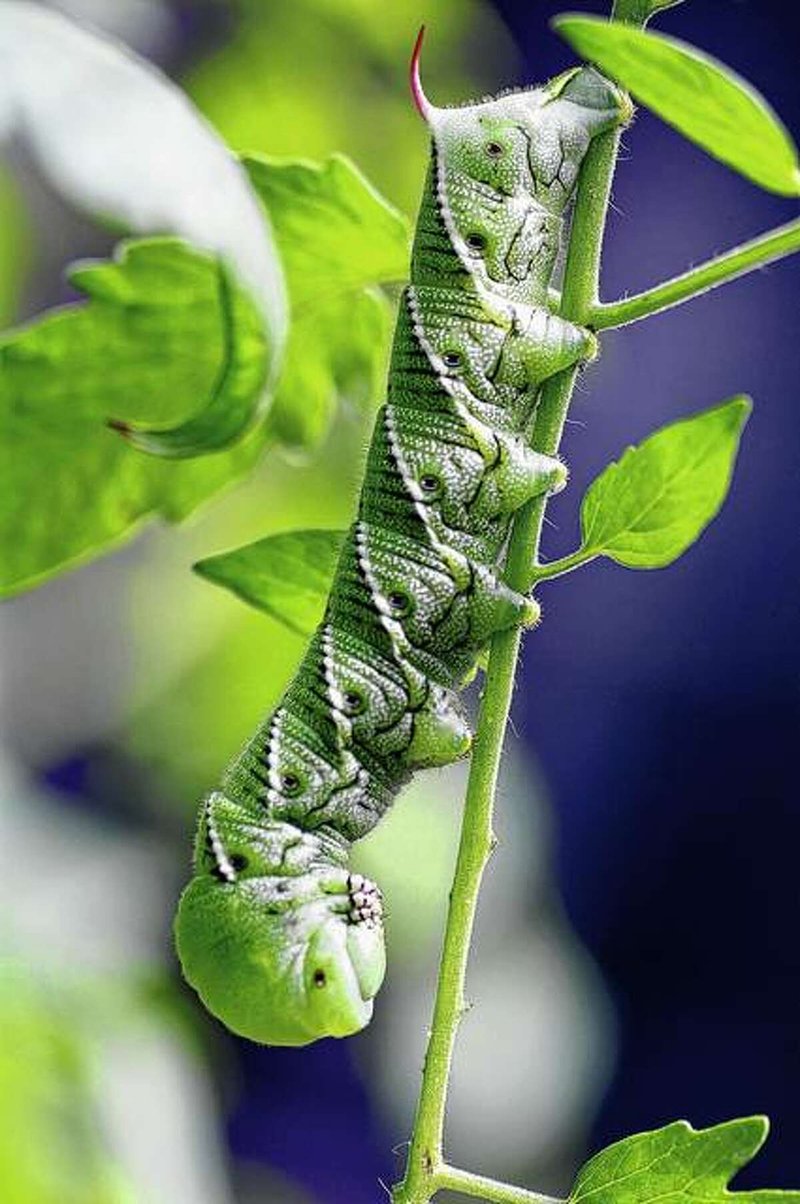
Imagine you’re enjoying a cup of coffee while flipping through a few pages of this journal. You’ll find detailed notes about your plants’ growth, their health, and even the occasional hornworm sighting. Not only does this practice help you manage pest issues, but it also invites you to immerse yourself deeper in your garden’s story. Let’s dive into how you can set up and use a garden journal to keep tabs on hornworms and other garden goings-on.
Why Use a Garden Journal?
You might be wondering what exactly a garden journal can do for you. It’s more than just a notebook; it’s a tool for **observation**, discovery, and planning. It helps you record the lifecycle of your plants and note down any strange happenings, like pests or diseases. By keeping track, you’ll spot patterns you may not notice otherwise.
For instance, if you regularly jot down observations about your tomatoes, you might find that hornworms appear more often during certain times of the year. This knowledge allows you to take proactive steps. Maybe you’ll decide to check your plants more frequently during those periods, or apply safe treatments to keep the hornworms at bay.
A garden journal is also a place for reflection. You can look back on previous seasons and see what worked well and what didn’t. This can help you make informed decisions for the future, ultimately leading to healthier plants and a more bountiful garden.
Setting Up Your Garden Journal
To get started, you’ll need a simple notebook or even a digital app if that’s more your style. You want something that feels comfortable and easy to use. Here’s a basic setup you might consider:
- Sections for Each Plant: Create dedicated sections for different plants or groups.
- Date Entries: Start each entry with the date to track changes over time.
- Observations: Write down your observations, including anything unusual like pest activity.
- Weather Notes: Keep track of the weather, as it can affect plant health and pest behavior.
You could even add pages for sketches or photos of the hornworms you encounter. Having a visual reference can be a great help when identifying pests in the future.
Identifying Hornworms
Hornworms are green caterpillars that can grow up to 4 inches long. They blend in beautifully with the foliage, making them hard to spot unless you’re looking closely. Their most distinguishing feature is the horn-like structure on their rear end, which is what gives them their name.
You might find these pests munching on tomato plants, peppers, or eggplants. If you’re seeing holes in your leaves or entire leaves missing, it’s time to investigate. Checking your plants regularly, especially at dusk or dawn when hornworms are more active, will help you catch them before they do too much damage.
Don’t forget to record your findings in your garden journal. Note where you found them and how many you spotted. This information will help you manage the situation on your next check-in.
Documenting Pest Treatments
Once you’ve identified hornworms, you’ll want to take action. You can treat your plants with various methods, including organic options like neem oil or introducing natural predators like wasps. Whatever method you choose, it’s crucial to document it in your journal.
Write down:
- The treatment you applied.
- The date of application.
- Any changes you observed afterward.
By keeping a log of your pest treatments, you can see what works best for your garden. If a particular method helps keep hornworms at bay, you’ll know to use it again in the future.
Tracking Plant Health
While you’re monitoring hornworms, don’t forget to keep a close eye on the overall health of your plants. Your garden journal can include sections for tracking growth patterns, leaf yellowing, flower production, and other signs of plant health. For example, if you notice your tomatoes are wilting, it might not just be the hornworms; it could be a sign of overwatering or a different pest.
By combining your observations of hornworm activity with the overall health of your plants, you can make better-informed decisions. You might notice that your plants are struggling more in drier months, leading you to adjust your watering schedule as needed.
Learning from Your Journal
One of the best things about maintaining a garden journal is the opportunity for growth—both for your plants and for your skills as a gardener. At the end of each season, take some time to review your journal. What patterns do you see? Were there certain times when hornworms were particularly troublesome?
Reflecting on your notes can help you strategize for the next planting season. Maybe you’ll decide to plant something different that’s less appealing to hornworms, or perhaps you’ll explore companion planting techniques to deter pests. You might even find yourself inspired to share your findings with fellow gardeners or in gardening forums, helping others learn from your experiences.
Monitoring hornworms with garden journals not only helps you keep those pesky critters in check but also enriches your entire gardening experience. By recording your observations, treatments, and plant health, you’ll cultivate a deeper understanding of your garden and a stronger connection to nature.
So, grab that notebook (or open that app) and start documenting your garden’s story. You never know what insights you might discover or what strategies could turn your garden into a thriving paradise, with fewer hornworms along for the ride. Happy gardening!

